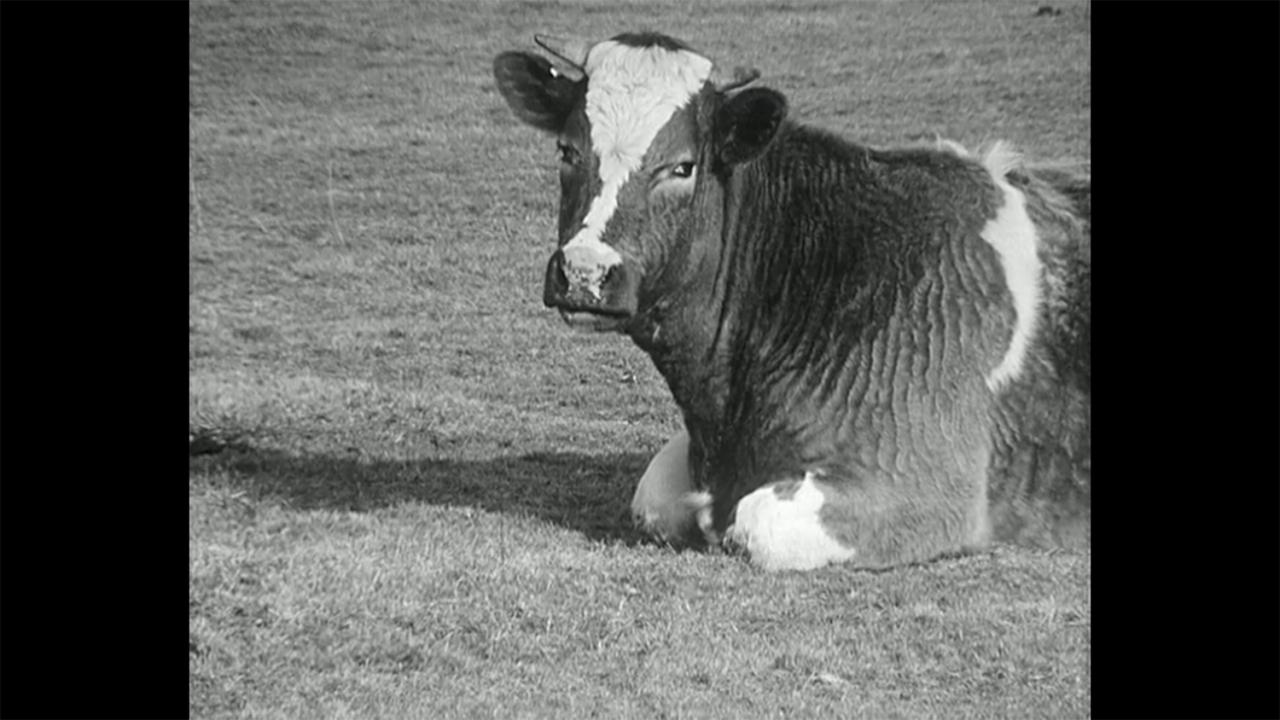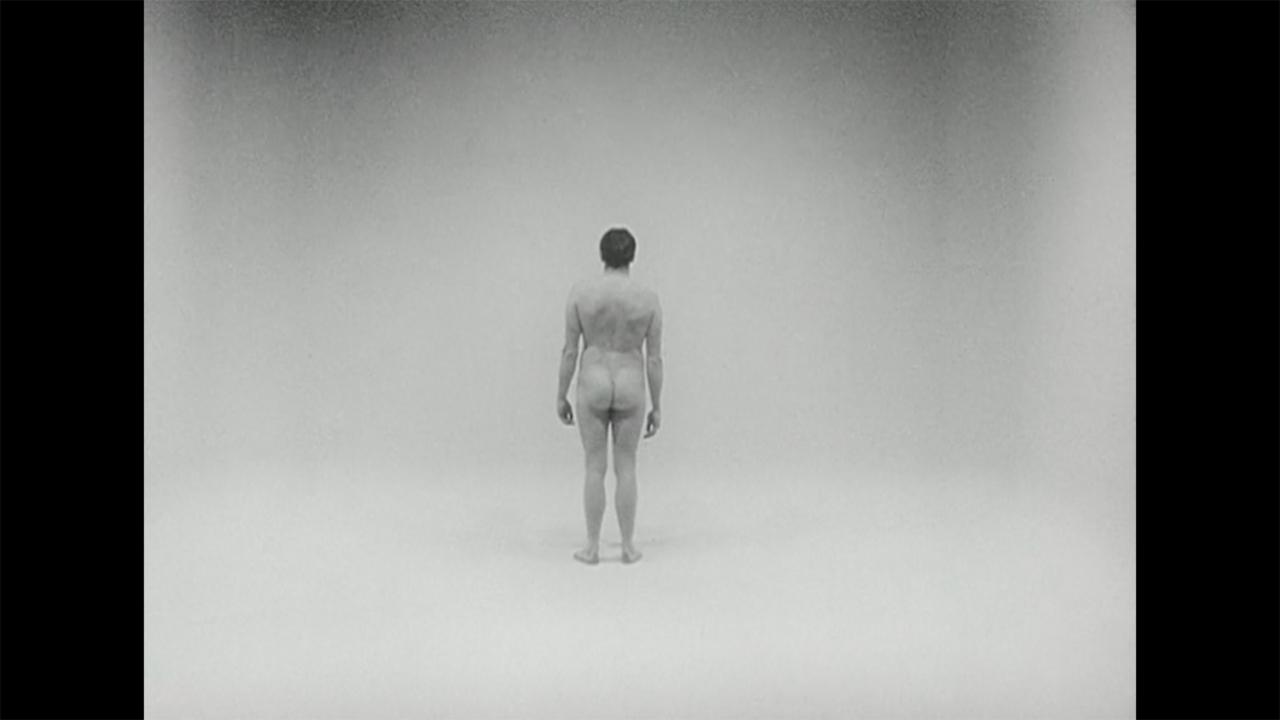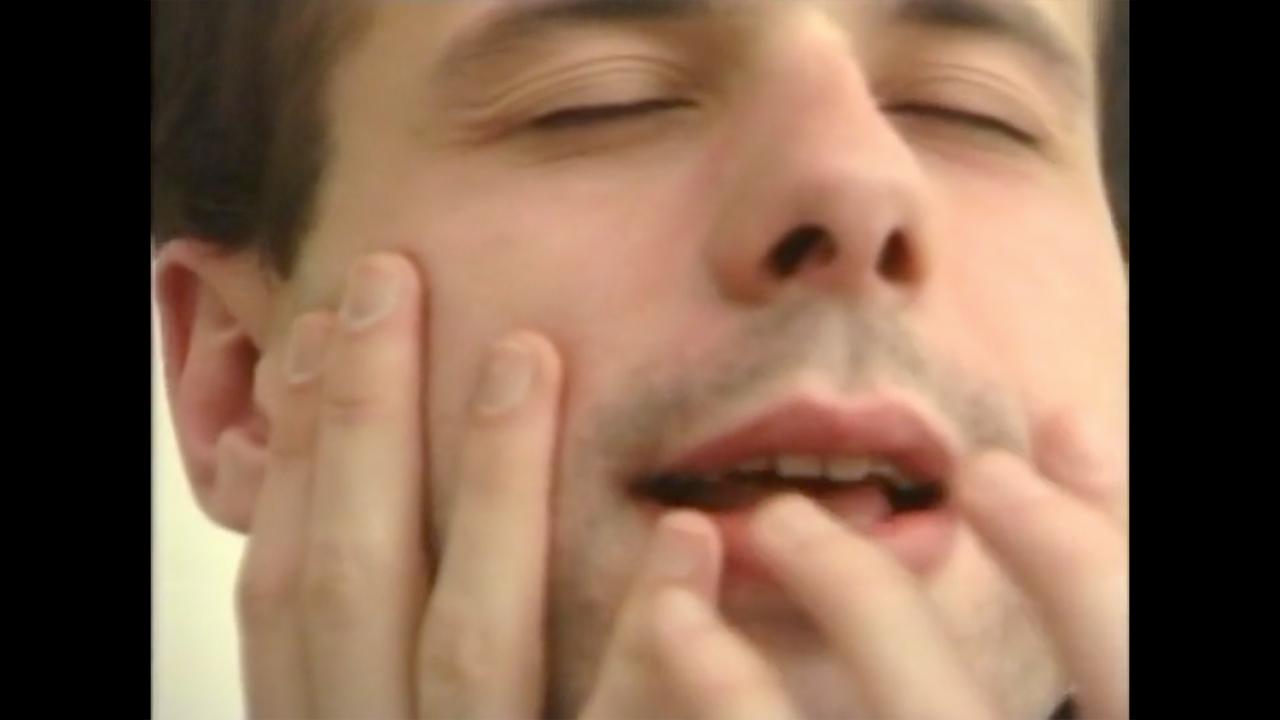Georges Rey
Born in 1942
Lives and works in Lyon



Georges Rey
By Corinne Guerci
Georges Rey started making films in the late ‘60s. L’homme nu [The Naked Man, 1969] was his first film, followed by La vache qui rumine [Ruminating Cow], a three-minute static shot.
From 1975 to 1978, he shot a fifty-minute film,L’amour la plus grande imposture de tous les temps [Love, the greatest sham of all time], for which he never looked in the viewfinder and was inspired by the various people he met on his travels (to Venice, in the Occitanie region…). The film starts out with an ant trail – a symbol of something, which, in essence, cannot be framed. It then goes on to address the link between nature and culture, the phenomenon of cultural adaptation and the construction of one’s identity as one meets new people.
This film lays the foundations of Georges Rey’s research: his interest in what happens beyond the frame and his refusal of the norm have led him to leave aside standardised film and to take a specific interest in anything that may, in some shape or form, contribute to liberating the human condition. It is also in a similar spirit that he made Le monde le plus beau est comme un tas d’ordures répandu au hasard [The most beautiful world is like a pile of rubbish haphazardly strewn around, 1976], inspired by a phrase from Heraclitus which postulates the emergence of beauty outside of order.
His journey through punk music would lead him to shoot several films about bands from Lyon. Following this revelation of punk music, Georges Rey would find himself losing touch with reality. If one assumes that “realising oneself” consists in finding one’s own reality, then Georges Rey realised himself as from the ‘80s through the eyes of other artists.
While staying in New York in 1980-81, he became fascinated with Jim Jarmusch’s first film, Permanent Vacation (1980), a sprawling urban narrative set to a soundtrack of rock and punk music.
From that time onwards, Georges Rey started to portray artists in his films (with Philippe Parreno, Pierre Joseph and Philippe Perrin, Ange Leccia…). While reality was no longer as immediately palpable and intense as the punk scene had allowed it to be a few years earlier, Georges Rey now sought to capture it through his interest in artists, in their visions and in how they translate this vision in the real world (as in No more reality, a film with Philippe Parreno). In 1985, he made the film Canards [Ducks], in which he aimed to work on the most mundane image as possible.
Georges Rey’s films favour static shots and seek to capture reality as it occurs, in its own time, and altering it as little as possible. They are not edited (unlike documentary films), as Georges Rey prefers to give as much freedom as he can to his subject matter.
Since the 2000s, his interest has shifted toward photography, which he uses to try to pull back the veil that prevents us from seeing reality. The idea of covering has since become one of the main preoccupations in his work. His photographs almost always refer to traces of past actions or, in other words, to the time elapsed rather than the result of a single snapshot moment.